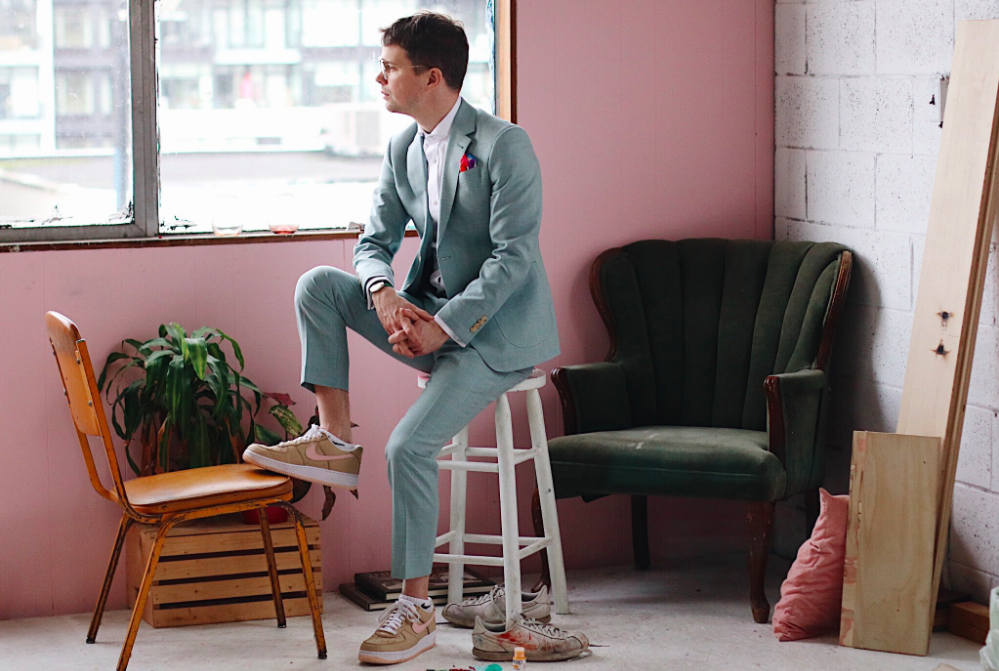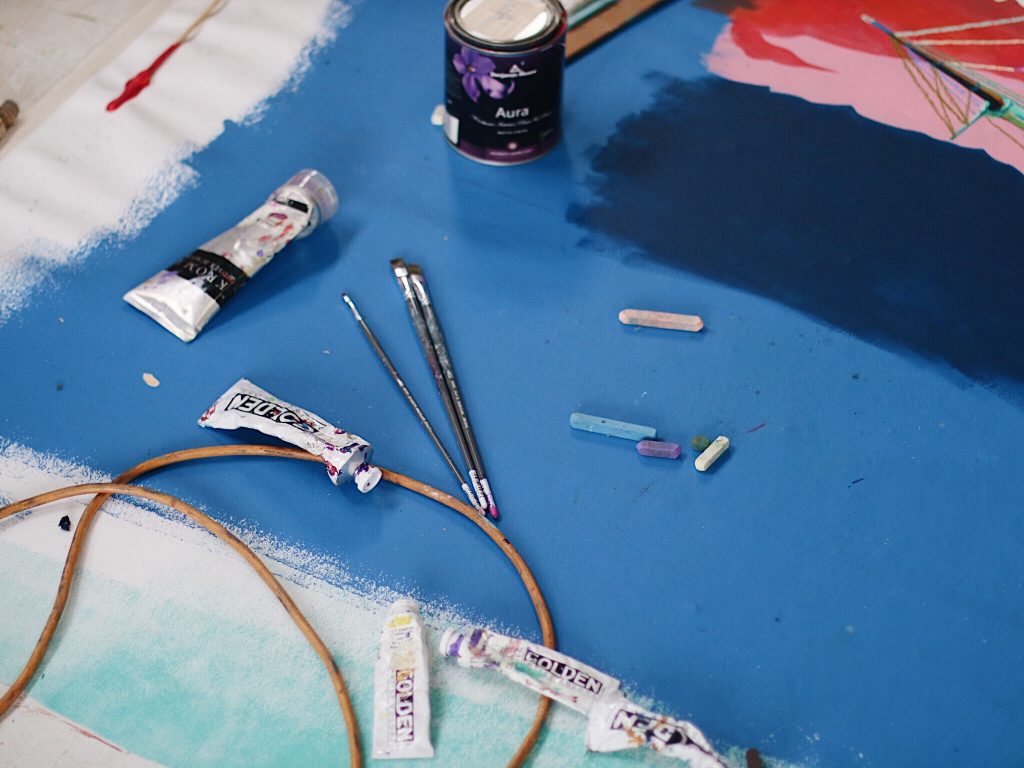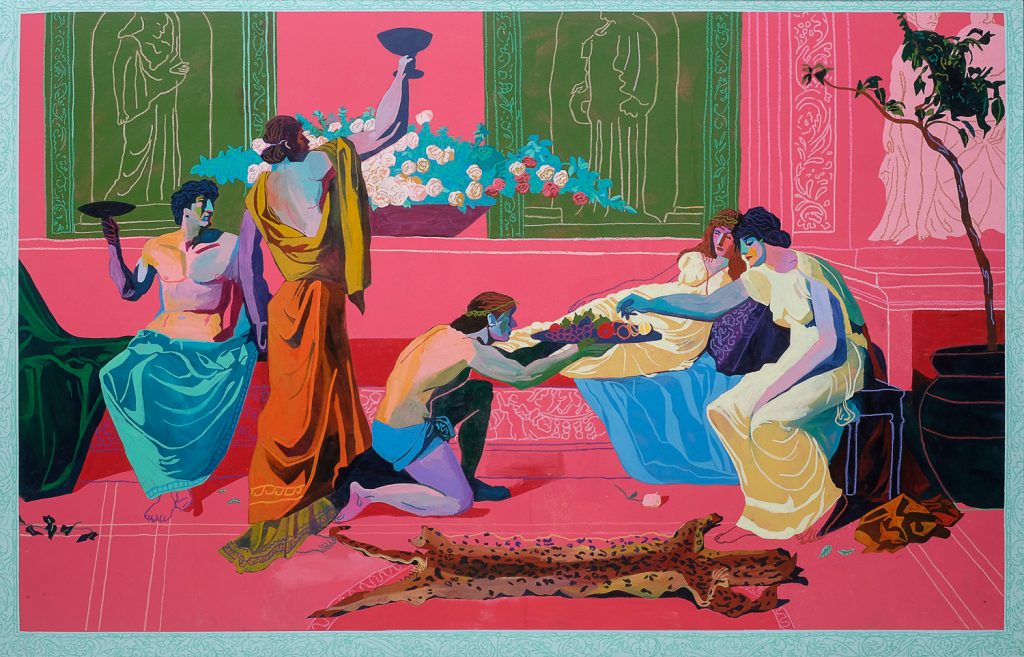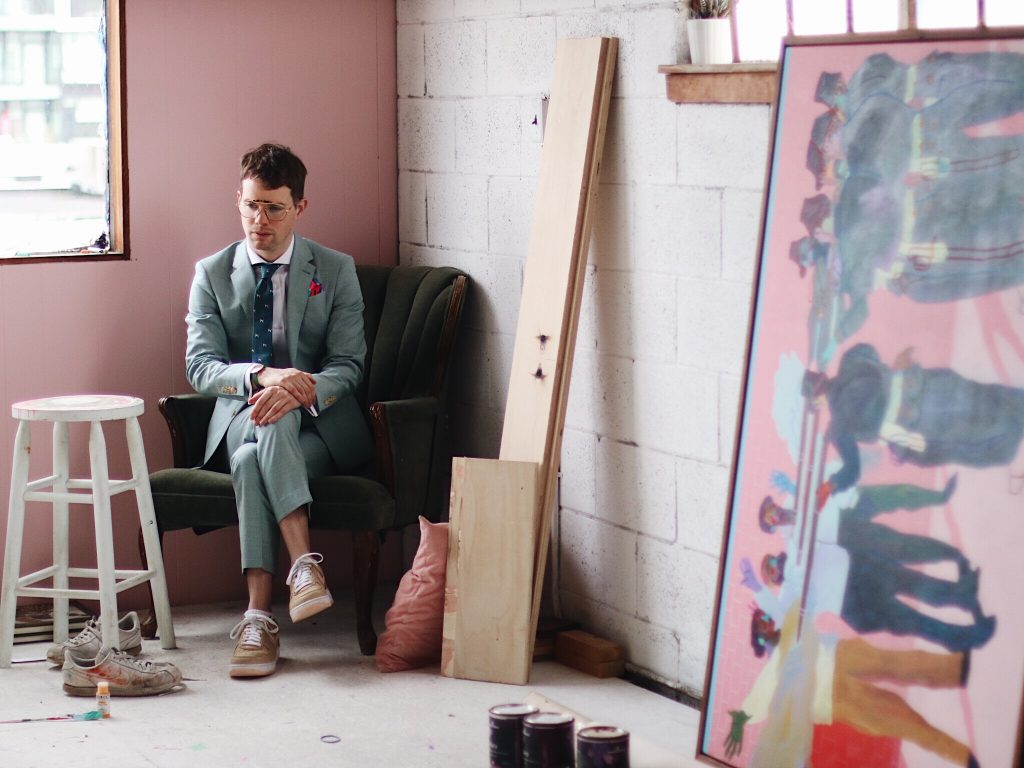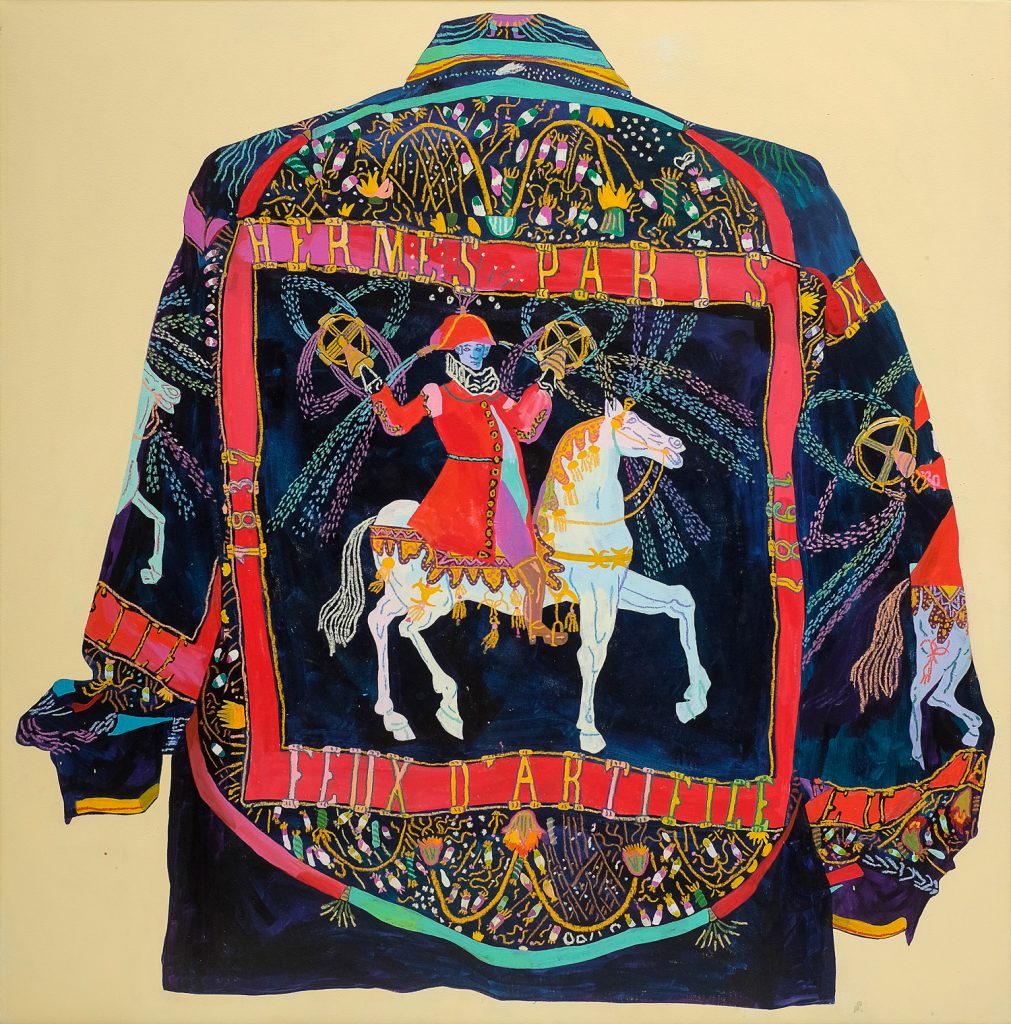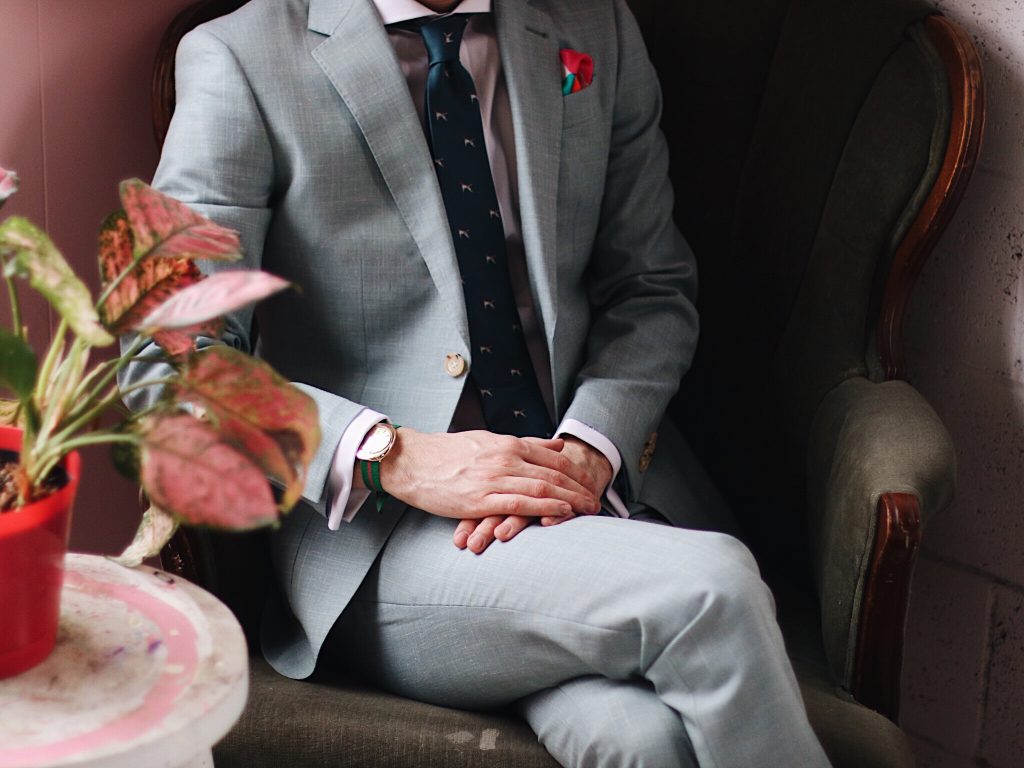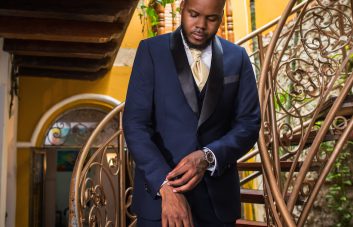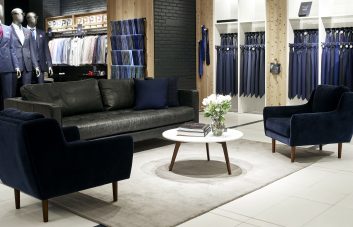He may shy, or even squirm, from the title, but Andy Dixon is without a doubt one of Canada’s rising art stars. Taking inspiration from legends like Henri Matisse, Dixon’s colorful depictions of everything from duchesses to lamborghinis present a compelling commentary on opulence, status and the role of fine art in this intricate, sticky web.
His paintings have been showcased in galleries in New York, Austin and London and he just released the first edition Luxury Object—a printed collection of his works. But Dixon is the first to admit that he took the long, dusty road less traveled by to get to this point. We asked him about his punk influences, his fixation on luxury objects and how this all plays into his artistic direction and fashion sensibilities.
When did you start working with bold, eclectic colors in your work?
I’ve always been drawn to color. Even as a child I remember being fascinated with the color-blocked backgrounds of the video games my brothers would play—a sky depicted as two complementary stripes of blue, for example. I came into painting from graphic design so the decade of experience with typography and form helped inform my personal aesthetic, including my color pallet. In short, it’s been a long, organic process.
You played in a couple of notable punk bands in the past—did the neon, loud, block color albums of bands like the Sex Pistols and Black Flag influence your artistic direction?
I think so, especially that DIY silk screened look of misaligned registration as well as crudely hand drawn and photocopied imagery. There is definitely a saturation in punk imagery that has stuck with me. But that scene influenced my work in other ways too. Punk music was about expressing one’s self outside of the context of technical prowess. You didn’t necessarily have to be incredibly competent at playing your instrument to be considered good because “good” was quantifiable by a different set of rules focused specifically on emotional engagement. That aspect of the punk scene has never left me either.
What drew you to using luxury objects as the subjects in your work?
Entering the commercial art sphere through a kind of backdoor, I’m fascinated with fine art’s role as a luxury object and my involvement in that role as an artist. It’s not a judgement on the art market necessarily, if anything I’m making fun of myself for being complicit in the whole thing. This isn’t to say that fine art isn’t bigger than the market—of course there are countless dimensions of immeasurable beauty and importance to art, but, nonetheless, a lot of these art objects still find themselves bought and sold as symbols of opulence.
How do you define luxury?
I suppose luxury is a category outside of things that are considered basic human needs. It’s a state of comfort superfluous to survival.
How does your fashion sense compare to your artwork?
My love for a specific color pallet definitely bleeds into all facets of my life, including my wardrobe. I think there’s a tongue-in-cheek playfulness to everything I do and that definitely applies to the way I dress. I try to keep it light.
Which items in your closet have the most sentimental value to you?
To be frank, I’m not the most sentimental guy since I’m generally always focused on the future or, if I’m doing things right, the present. I do really love my vintage knock-off GUCCI sweatshirt because I think its history is so interesting. If I understand things correctly, there never was a real sweatshirt—the knock-off is actually an original product, albeit not an official GUCCI one. The fact that these knock-offs began to behold their own value is amazing, never mind the fact that Alessandro Michele has now appropriated them into actual official GUCCI runway items, is high art in my opinion.
Andy is wearing the Sage Green Wool and Linen Suit and the White Oxford Shirt. View these products and more at www.indochino.com.

